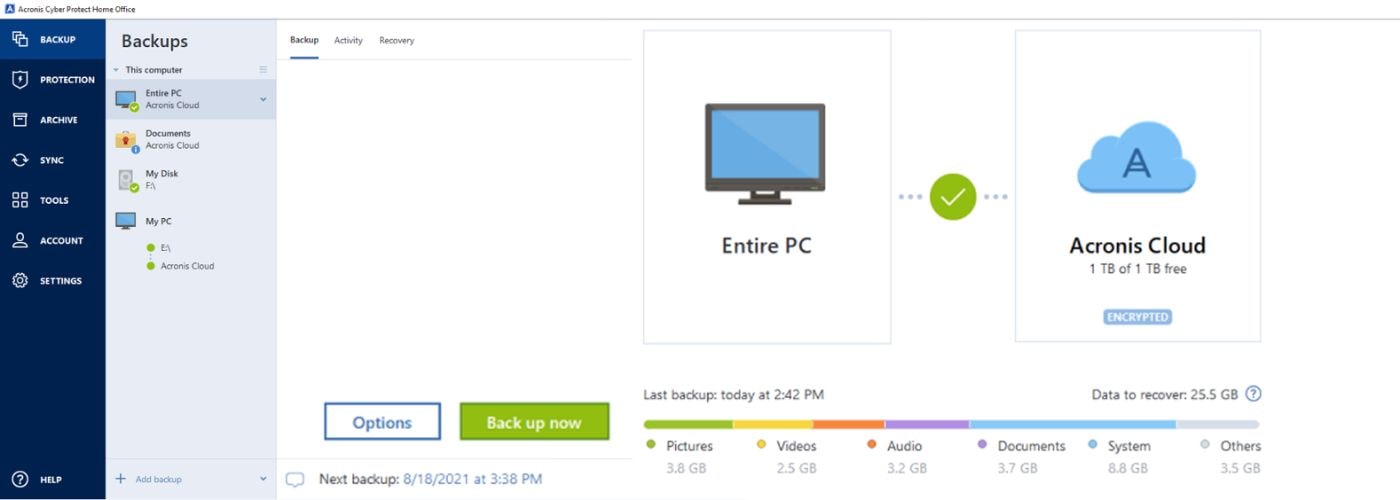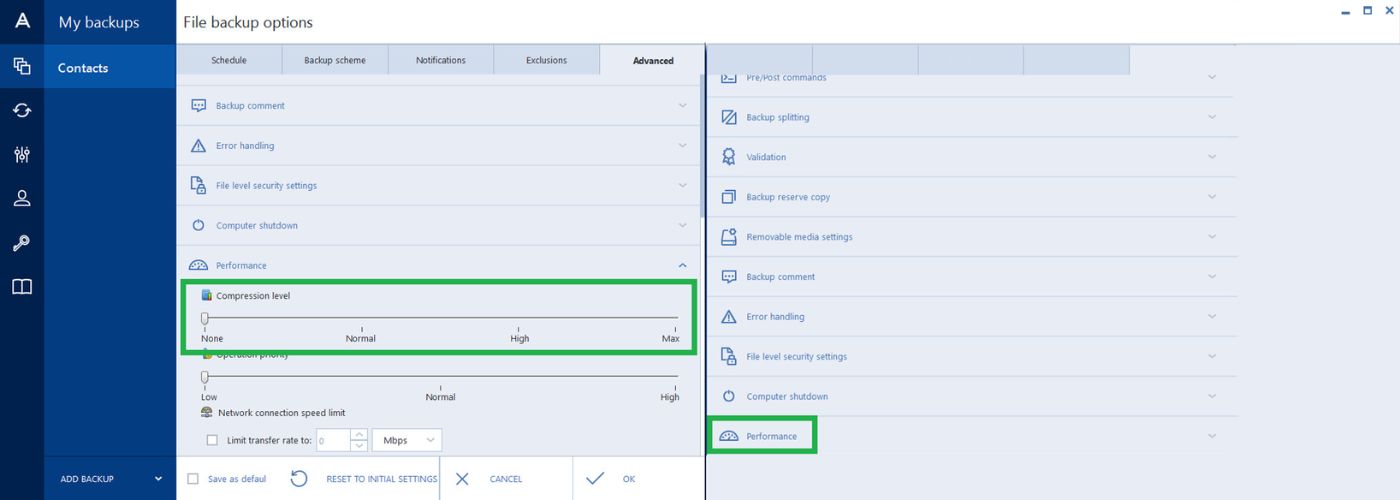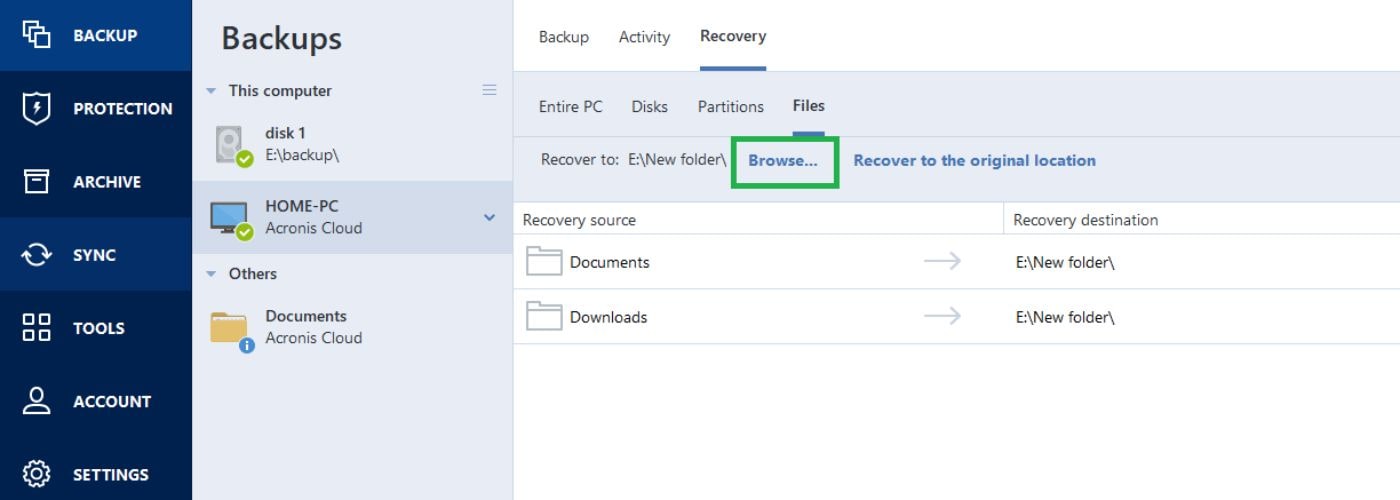Data backup is an essential part of any digital user’s routine. Acronis Backup is a comprehensive solution for backing up, recovering, and migrating data. By using Acronis Backup, users can protect their data against hardware failures, ransomware attacks, natural disasters, and more. In this blog, we will explore how Acronis Backup works to ensure that your data is secure and available whenever you need it.
What Is Acronis Backup?
Acronis Backup is a cloud-based backup and recovery solution for businesses and organizations of all sizes. It provides an efficient, secure, and cost-effective way to store and recover data from both physical and virtual environments. With Acronis Backup, users can quickly back up their entire system or individual files with just a few clicks.
The platform allows users to back up data stored on computers, servers, applications, virtual machines (VMs), mobile devices, tablets, storage systems, NAS (network attached storage) devices, as well as public cloud platforms such as Amazon Web Services (AWS). The platform supports multiple backup types, including backup to the cloud, offsite backup, full system backup, file-level backup, or even distributed backups across multiple locations.
Does Acronis Compress Backups?
Backups are essential for data protection and recovery, but sometimes they can take up a lot of storage space. This can leave businesses and individuals wondering if there is any way to reduce the size of backups while still ensuring that they remain secure and reliable. One of the popular backup server solutions on the market today is Acronis, so does this software offer compression capabilities?
Acronis offers an intelligent compression feature that can be used to reduce the amount of storage space needed for backups. To enable compression when creating a backup, users simply need to check the “Compress” box in their settings. Once enabled, every subsequent backup will be compressed automatically using Acronis’ advanced algorithms. Compression helps save a great deal of space without sacrificing any security or reliability from your backups.
How To Recover Acronis Backup
Restoring data from a backup is essential to protecting your valuable documents, photos, and other digital assets. Acronis Backup is one of the leading programs on the market for creating and maintaining backups of important files and folders. But what happens if you need to recover a backup created by Acronis?
The first step in recovering an Acronis Backup is to launch the program itself. Open up the software, click on “Recover,” and then select the type of recovery that you need. Depending on your situation, you may want to restore an entire system or just specific files from within it. Once you’ve selected the type of recovery, follow the provided instructions for restoring your data or system back to its original state.
In the event that you need to recover a backup from an external hard drive, the process is simple. Get your external hard drive and plug it into your computer with Acronis on it. Open up Acronis and select the “Recover” option. This should allow you to get the file you need. If you’re still having trouble recovering a file, then you may need to change some settings within the trash or recycle bin in your computer. This would let you bypass certain date ranges from when a file was deleted or removed.
Is Acronis A Good Backup?
Acronis is a popular backup software system used by businesses and individuals. It provides users with a range of features designed to make backing up data easy and reliable. But is Acronis truly the right choice when it comes to backing up important files?
One key benefit of using Acronis is that it offers multiple layers of protection, including cloud storage integration, full file encryption, incremental backups, versioning controls, and more.
This makes sure that all your critical data is safeguarded from potential threats such as hacking or hardware failure. Furthermore, Acronis includes advanced artificial intelligence technologies which can detect suspicious activities on your network and alert you about any potential risk in time for you to take preventive measures. This makes it extremely convenient for companies to monitor activity.






阅读更多
Sharktech Announces New Web Hosting and Cloud Industry Alliance
Sharktech and 2
3 月
Think the Cheapest Dedicated Server is A Good Idea? What You Need to Know
Shoul
3 月
Discover How These 8 Cloud Monitoring Tools Can Help You Drive Better Business Performance
When
3 月
Pick the Best Cloud Management Platform with These 5 Pro Tips
Managi
3 月
Thinking About Public to Private Cloud Migration? Here’s the Essentials
The clou
3 月
Why a Cloud Migration Checklist Helps Overcome Migration Challenges
Moving d
3 月